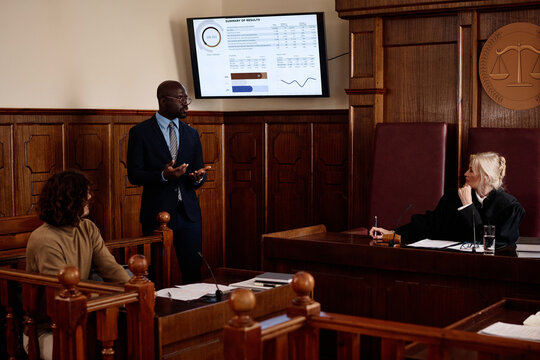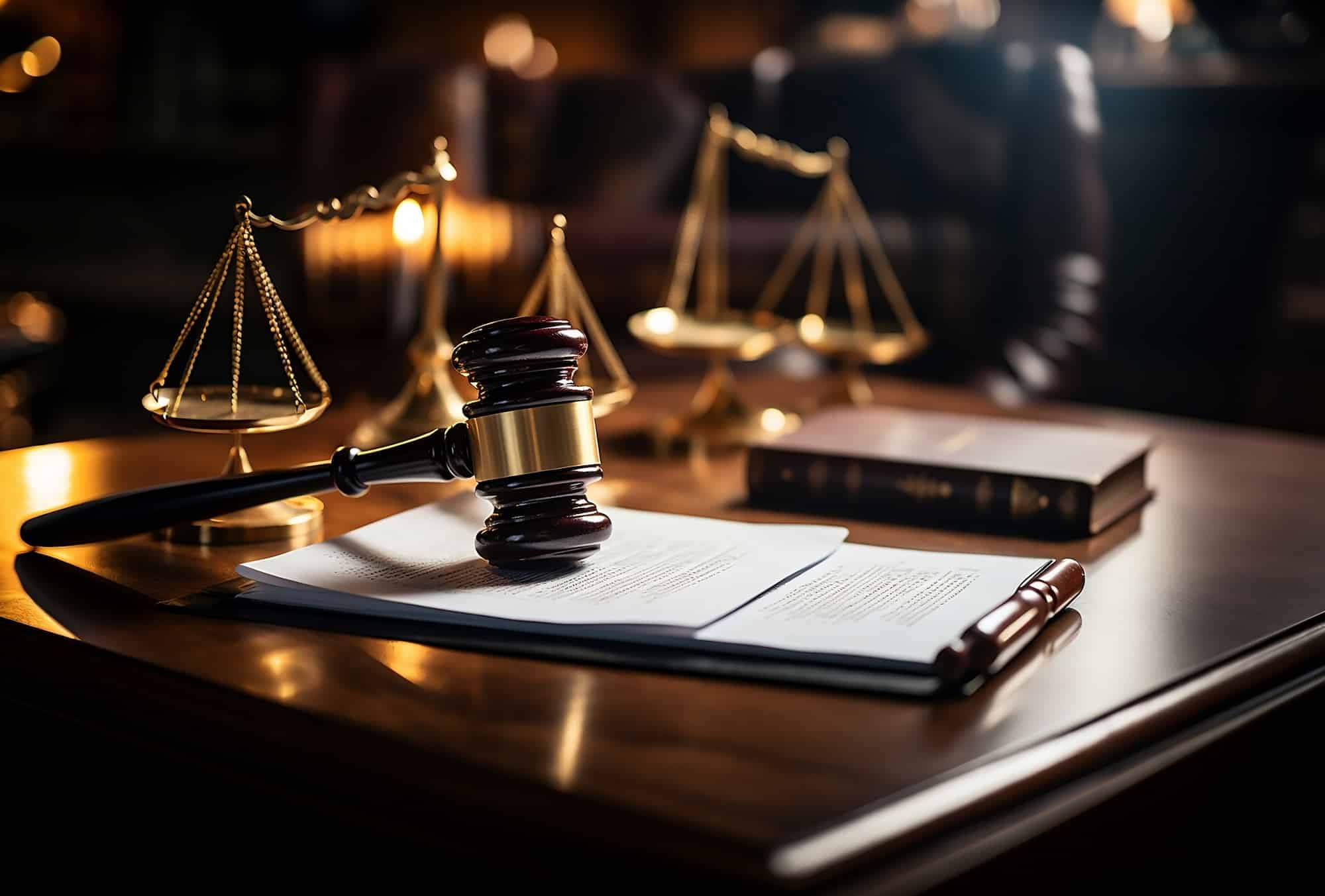Navigating the Intricacies of Trial Presentations: Tips for Seamless Delivery and Engaging Arguments
In the world of legal proceedings, the art of trial presentation stands as an important component of success. The complexities fundamental in trial discussions require a delicate balance of skill, finesse, and method.

Recognizing Trial Goals
To successfully browse a trial, it is important to have a clear understanding of the purposes that require to be achieved. Before entering the court, lawful groups must define their goals and wanted end results. These purposes offer as guiding principles throughout the test, forming approaches and affecting decision-making processes.
Understanding trial objectives includes a detailed evaluation of the instance, lawful precedents, and the client's best interests. Trial Presentations. It needs a careful assessment of the truths, determining crucial problems, and expecting prospective difficulties. By setting quantifiable and certain objectives, attorneys can tailor their discussions and debates to straighten with the preferred results
Furthermore, a clear grasp of trial purposes makes it possible for lawful teams to prioritize proof, witnesses, and lawful disagreements efficiently. It allows for the growth of a systematic narrative that resonates with the judge and court, reinforcing the general case discussion.

Organizing Proof Properly
Having a clear understanding of test goals lays the foundation for organizing proof properly in lawful procedures - Trial Presentations. By aligning the presentation of proof with the preferred results of the trial, lawful teams can strengthen their debates and improve their persuasiveness. One important aspect of organizing proof is categorization. Organizing proof based on motifs or significance to particular legal elements can aid enhance the presentation and make intricate info much more absorbable for the judge or jury.
Another trick aspect in organizing proof efficiently is developing a rational circulation. Presenting proof in a coherent and consecutive fashion can help construct a compelling story that supports the lawful debates being made. Furthermore, making use of visual help such as charts, charts, or timelines can additionally boost the organization of proof and aid in clarifying complicated partnerships or sequences of events.
Moreover, making sure that all proof presented is relevant and acceptable to the instance is essential. Inadmissible or unnecessary proof can diminish the strength of the disagreement and possibly hurt the reliability of the here and now party. A meticulous go to this site review and selection process should be carried out to include only the most impactful and lawfully sound evidence in the trial discussion.
Crafting Persuasive Stories
Crafting engaging stories plays a pivotal duty in providing persuasive debates during lawful procedures. When constructing a story for a test discussion, it is necessary to establish a clear story that highlights essential factors and connects them in a coherent fashion. By weaving together proof, testimony, and lawful arguments right into a persuasive and cohesive story, legal experts can effectively promote for their customers and enhance the chance of a beneficial end result in the courtroom.
Understanding Visual Aids
Reliable use of visual help is vital to enhancing the effect and quality of trial presentations. Aesthetic help, when utilized tactically, have the power to streamline intricate information, strengthen vital points, and leave a long lasting impact on the court and jury. To master Get the facts visual help in test presentations, it is crucial to make certain that they are clear, succinct, and pertinent to the arguments being made.
When incorporating visual aids, such as graphes, charts, timelines, or pictures, right into a test discussion, it is essential to keep them visually appealing yet professional. The visuals ought to complement the verbal arguments, offering an aesthetic representation of the information being discussed without overwhelming the audience with unneeded information.
In addition, exercising with the aesthetic help in advance is critical to ensure a smooth distribution throughout the test. Acquainting oneself with the material, shifts, and timings of each visual aid can help keep the circulation of the discussion and stop technical glitches that might emerge.
Providing Impactful Closing Disagreements
An engaging closing argument offers as the end result of a trial discussion, encapsulating the core story and convincing the court and jury in the direction of a favorable choice. Begin by outlining the primary arguments that sustain your customer's position, stressing why the evidence provided throughout the test supports your narrative.
In addition, integrating psychological appeal can additionally reinforce your closing disagreement. By humanizing the instance and connecting on a personal level with the decision-makers, you can stimulate compassion and understanding, affecting their perception of the truths offered. Additionally, restating the lawful criteria that must be satisfied for a desirable judgment can reinforce the credibility of your setting. Inevitably, a well-crafted closing argument ought to leave an enduring perception, engaging the discretionary to rule in your client's favor.
Conclusion
In conclusion, mastering trial presentations involves understanding objectives, organizing evidence, crafting narratives, making use of aesthetic help, and supplying impactful closing debates. By applying these approaches properly, attorneys can present their case seamlessly and make engaging debates in the court room. It is critical to browse the intricacies of trial presentations with accuracy and ability to accomplish success in legal procedures.
By aligning the presentation of proof with the wanted results of the trial, lawful groups can enhance their arguments and enhance their persuasiveness (Trial Presentations). To understand aesthetic aids in test discussions, it is important to Related Site guarantee that they are clear, concise, and pertinent to the debates being made
A compelling closing argument offers as the conclusion of a trial discussion, encapsulating the core story and convincing the judge and court towards a favorable choice. Begin by describing the main disagreements that support your customer's setting, emphasizing why the proof presented throughout the test supports your story.In final thought, understanding trial discussions includes understanding goals, organizing proof, crafting stories, using aesthetic aids, and supplying impactful closing disagreements.